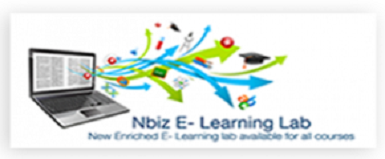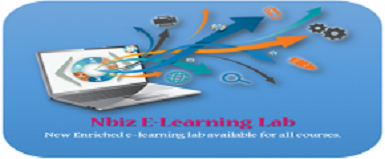GE Vibration Monitoring Systems

Our Ration for the course : 4.7 Start Based on 56 users
Troubleshooting the 3500 System
3500 System Utilities / 3500/92 Communications Gateway
Thrust Position: Understanding thrust position, Monitor configuration and Set point adjustment
Radial Vibration: Understanding radial vibration, Monitor configuration and Set point adjustment
Overview of the 3500 Monitoring System / 3300 Proximity Transducer System Operation
TDI/RIM Hardware Connections and Communications
Thrust Position Measurements / Instrument Grounding
Radial Vibration Measurements
Proximity & Seismic Transducer Operation
Basic Vibration Concepts
| Name of Course | Scheduled Dates | Vanue | Registration Link |
|---|---|---|---|
| GE Vibration Monitoring Systems | To be determined | Dubai, UAE | Registration Now |
-

Instrument Engineers/technicians
To enroll or register to any training course, you can use the registration page from training page or fill the request a call back form from each course pages.
The following page will provide you a list of course and training that we are providing based on the category and from each course item you can see the course details.
URL: https://nbizinfosol.twtests.co.in/training.aspx
Another method is to fill a Request a call back form provided in each Training/Course pages.
We are providing course materials during training and completion certificate after succesful training.
Yes. you can fill the registration form avaialble in the website or you can directly call us to enroll the course.Our executives will guide you to do further steps.
Based upon the course you are enrolling, we will charge the exam fee . We will give you the details of course fee and exam fee anytime to clear it.
Yes. We are providing the Course completion certificate for all courses we are providing.
Yes. We will provide assistance and support to apply for any exam.
Two types of payment available:
1. Visit our office and pay direct,You are always welcome to Nbizinfosol.
2. We are providing online payment via paypal payment gateway.Based upon your request we will provide the link to access the payment page.




 Special Offers
Special Offers
 GET OUR BEST DEALS!
GET OUR BEST DEALS!